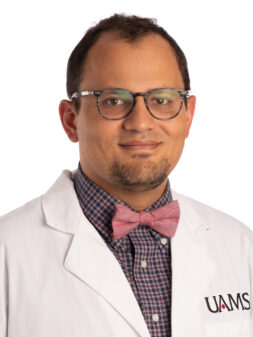This approach, known as “Total Therapy,” incorporates proven myeloma agents up front to reduce tumor burden during initial treatment to prevent later relapse.
It began in 1989 as Total Therapy 1 and has evolved over the years to include new agents with novel mechanisms of action, yielding significant improvements in overall survival and progression-free survival.
Updated data on long term follow-up on Total Therapy 3 shows an overall survival rate of 74% at 5 years and 57% at the 10-year landmark, representing a significantly higher rate than that of the national average, based on the National Cancer Institute’s SEER (Surveillance, Epidemiology, and End Results) Program.
Importantly, after the 10-year mark, the curve plateaus, which indicates cure has been achieved in many patients.
Total Therapy has been the driving force behind our extensive translational research at the Myeloma Center, incorporating a series of clinical trials that span more than two decades. We have observed enormous success with our Total Therapy Treatment approach, as described in our numerous publications.
Targeted Total Therapy
With the Myeloma Center’s advances in genomics and access to the latest drugs and therapies, our experts are constantly working to improve upon our success with the Total Therapy treatment approach.
At the Myeloma Center, we use gene expression profiling (GEP) to define risk status for each patient. GEP is the most reliable way of classifying low-risk vs. high risk disease. Interphase FISH, an in-situ genetic test, has been used for this purpose elsewhere, but it is inaccurate and lacks precision for defining poor clinical outcomes.
The gene expression profile results also indicate which molecular subgroup each patient falls. Each of the subgroups, identified by our research team, has a distinct clinical course, utilizing the most appropriate novel agents for the maximum possible benefit.
Scientists and physicians are now taking risk stratification and subgroup analysis to the next level by identifying genetic features of each person’s disease and integrating this with the GEP data to choose the most effective treatments.
Using a full array of advanced diagnostics, including GEP, DNA and RNA sequencing, and methylation analysis, we can identify the specifics of each patient’s disease at the molecular level. We look for a range of mutations that can help us predict how myeloma cells are likely to respond to different treatment strategies. The data can also help us identify approaches for cure for patients who are difficult to treat.
These diagnostics allow us to develop precision medicine approaches by incorporating targeted therapies that are individualized for each patient. Through this targeted approach we can achieve deeper responses that will lead to curative outcomes for more patients.
With this advanced knowledge and new therapeutic agents, we are now taking Total Therapy to the next level to improve cure rates by developing the most effective, patient-specific regimen including:
- Harnessing the immune system to overcome resistance to treatment
- Targeting treatment to the molecular lesions that cause myeloma by altering signaling pathways that regulate the growth of cancer cells
- Developing immunotherapy-based therapies to replace toxic chemotherapies
- Personalizing treatment regimens for frailer patients who need a less strenuous approach
- Using antibodies to identify markers of the best responders, which will help us target treatments to specific patient groups
- Creating innovative studies for high-risk myeloma that will enable us to quickly assess how immunotherapy and targeted therapy impact responses so we can quickly integrate effective interventions into Total Therapy
- Developing novel imaging studies that can provide information about response to treatment in a quick time frame so that treatment can be adjusted quickly.







